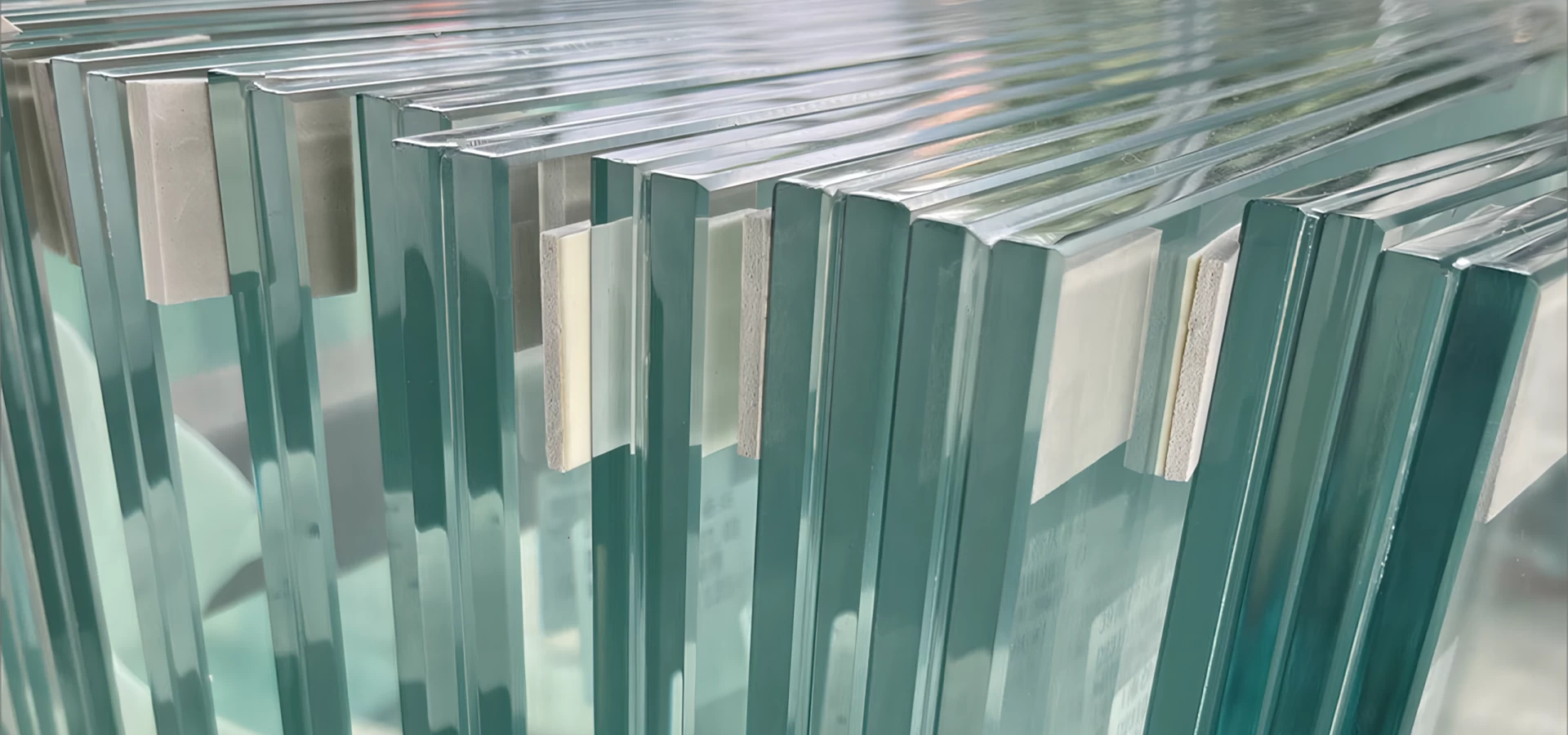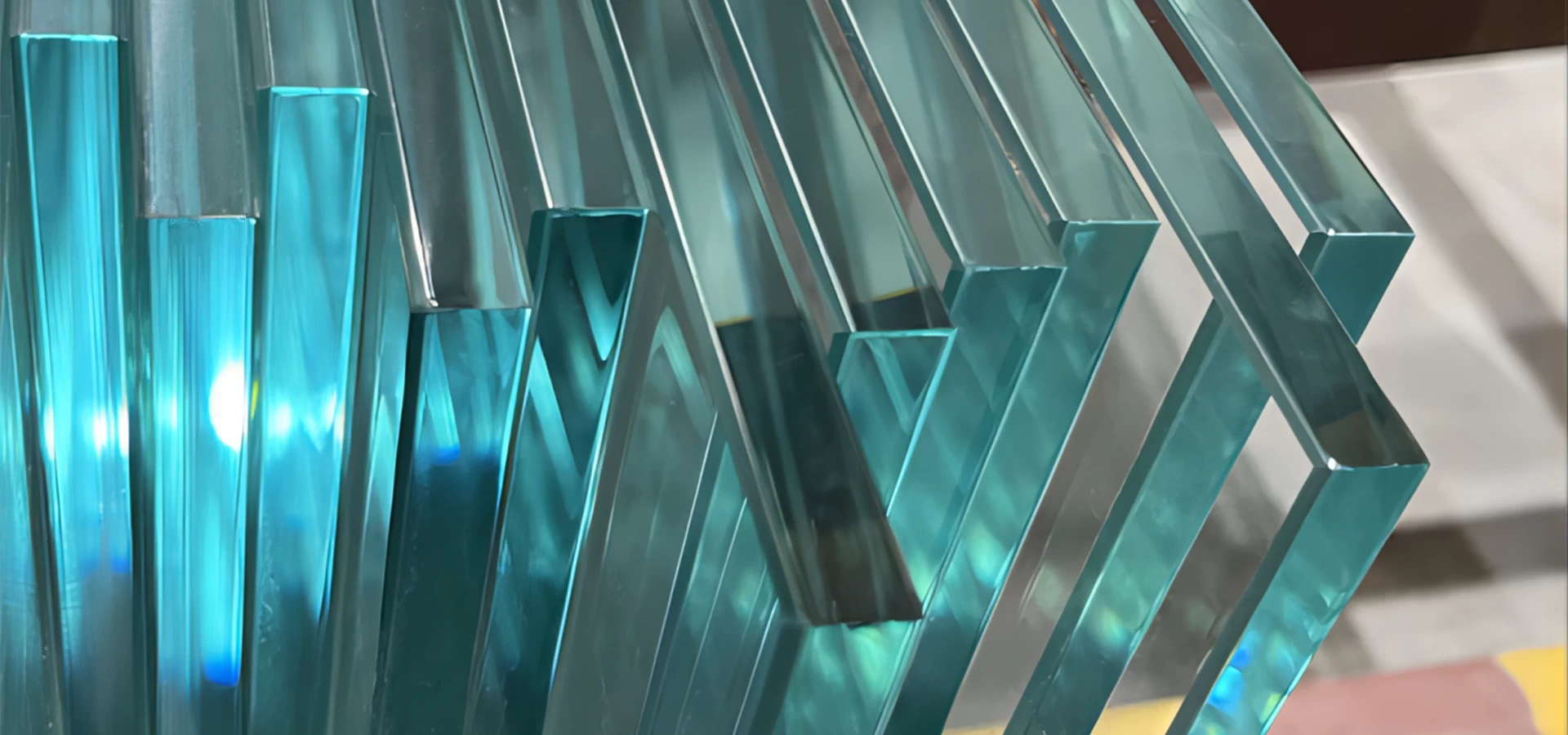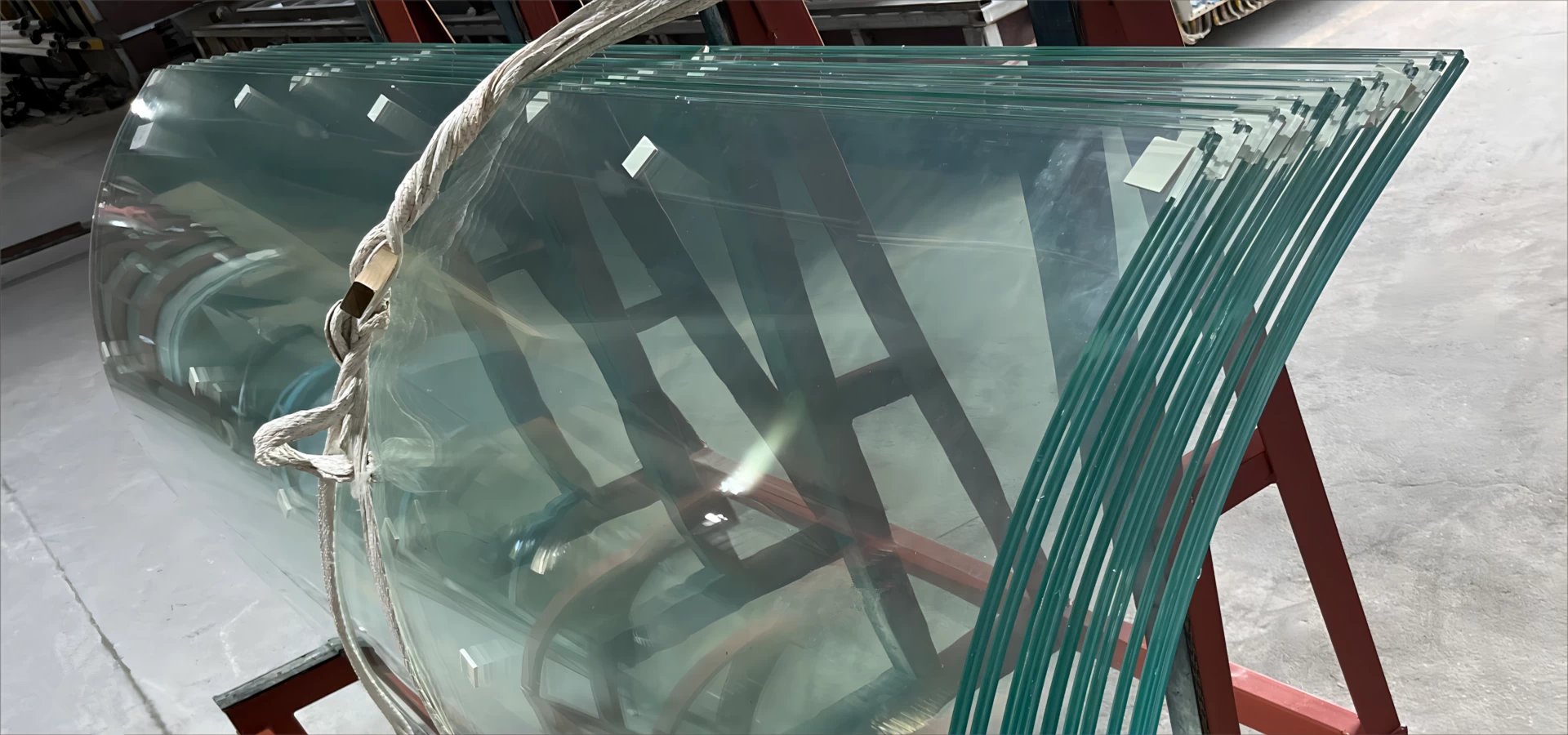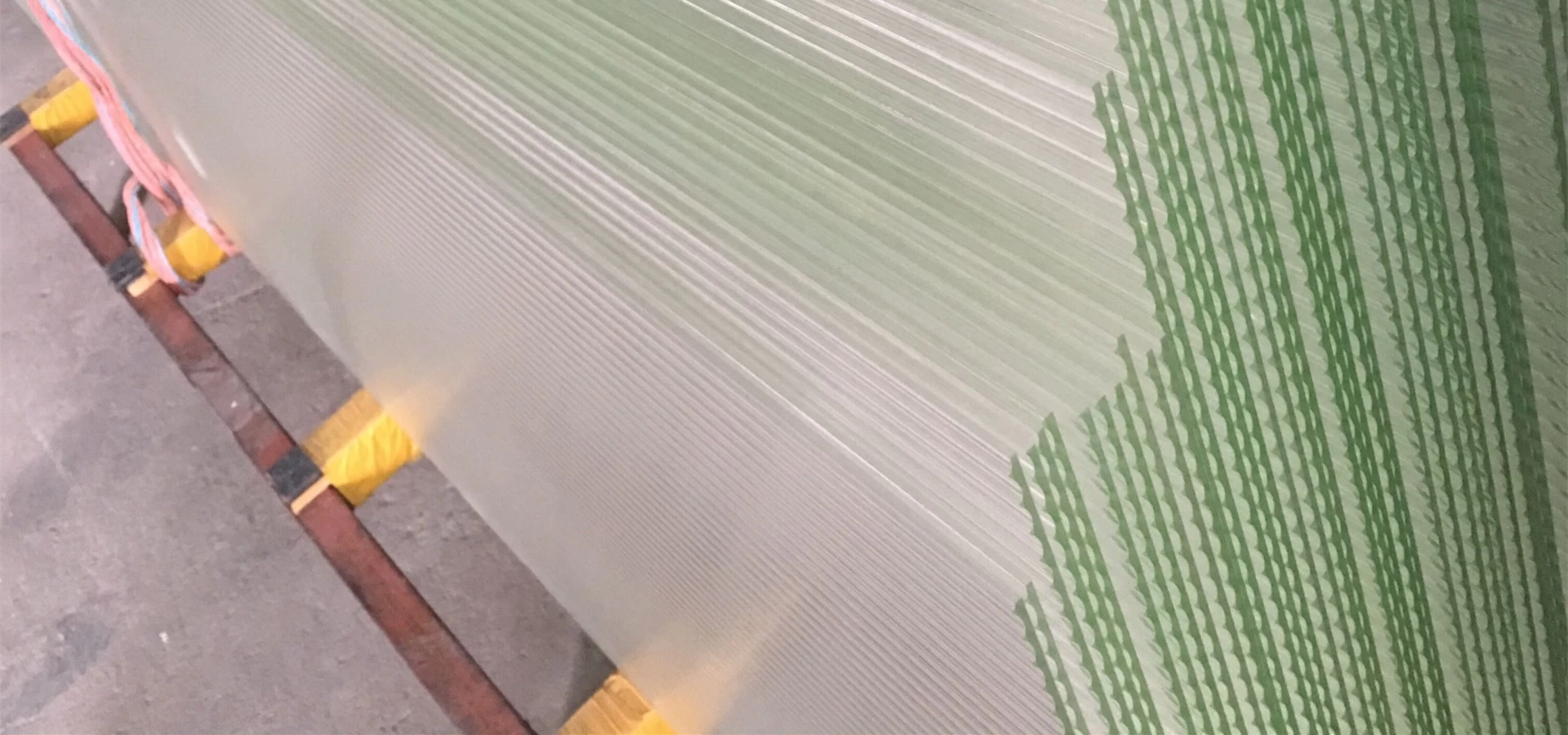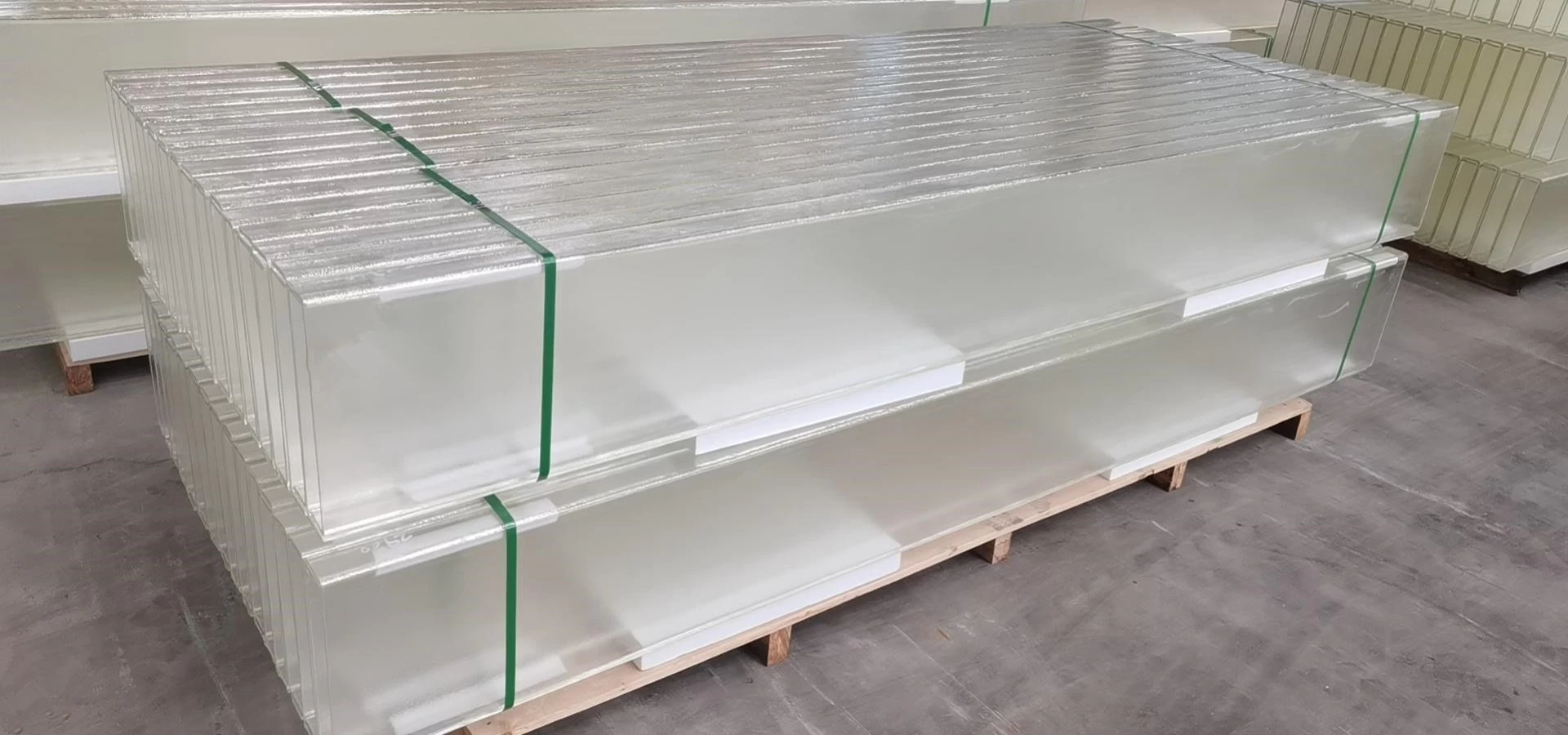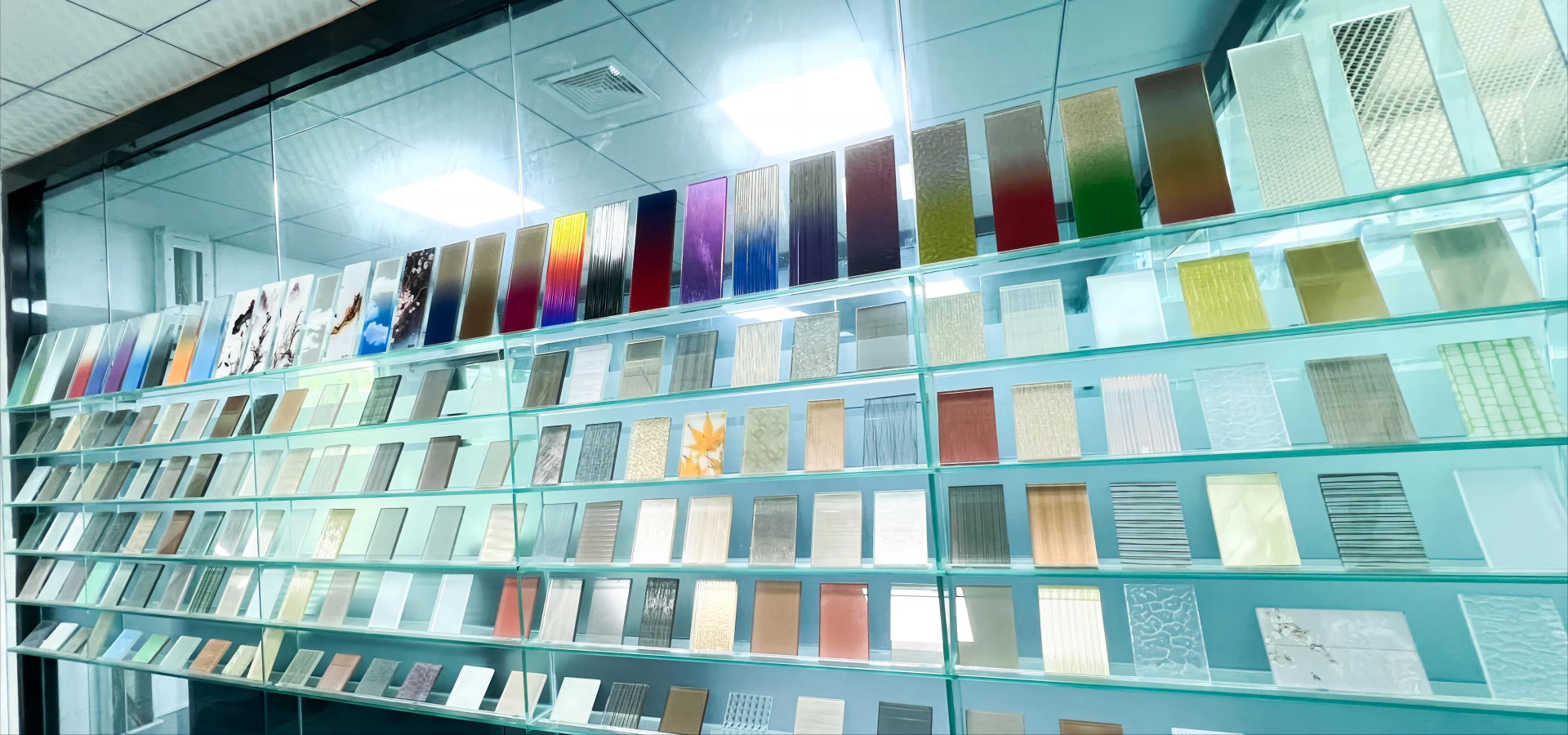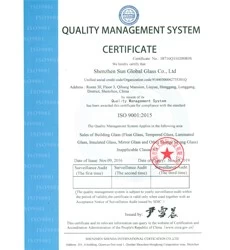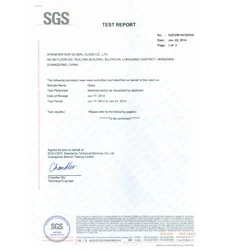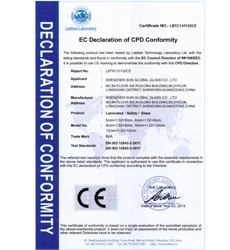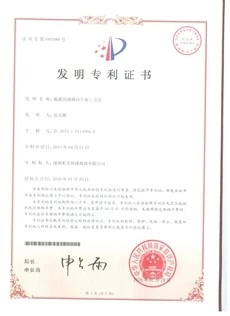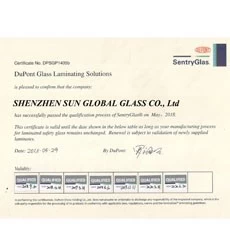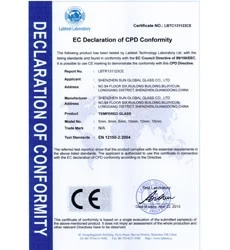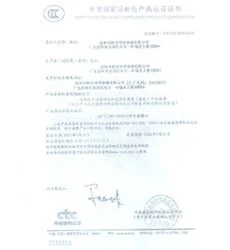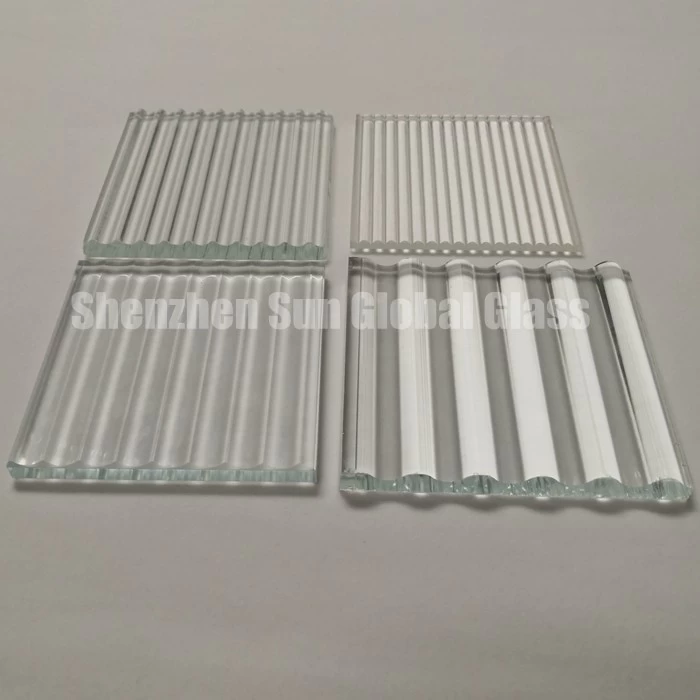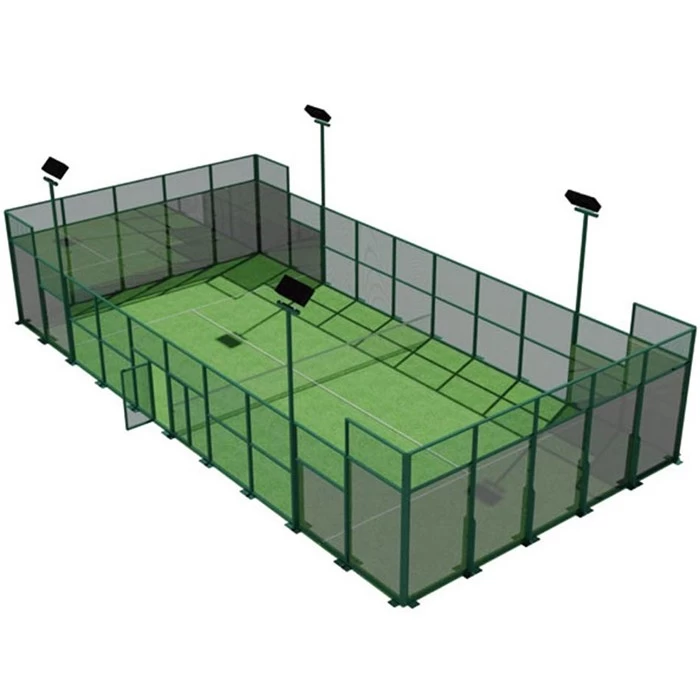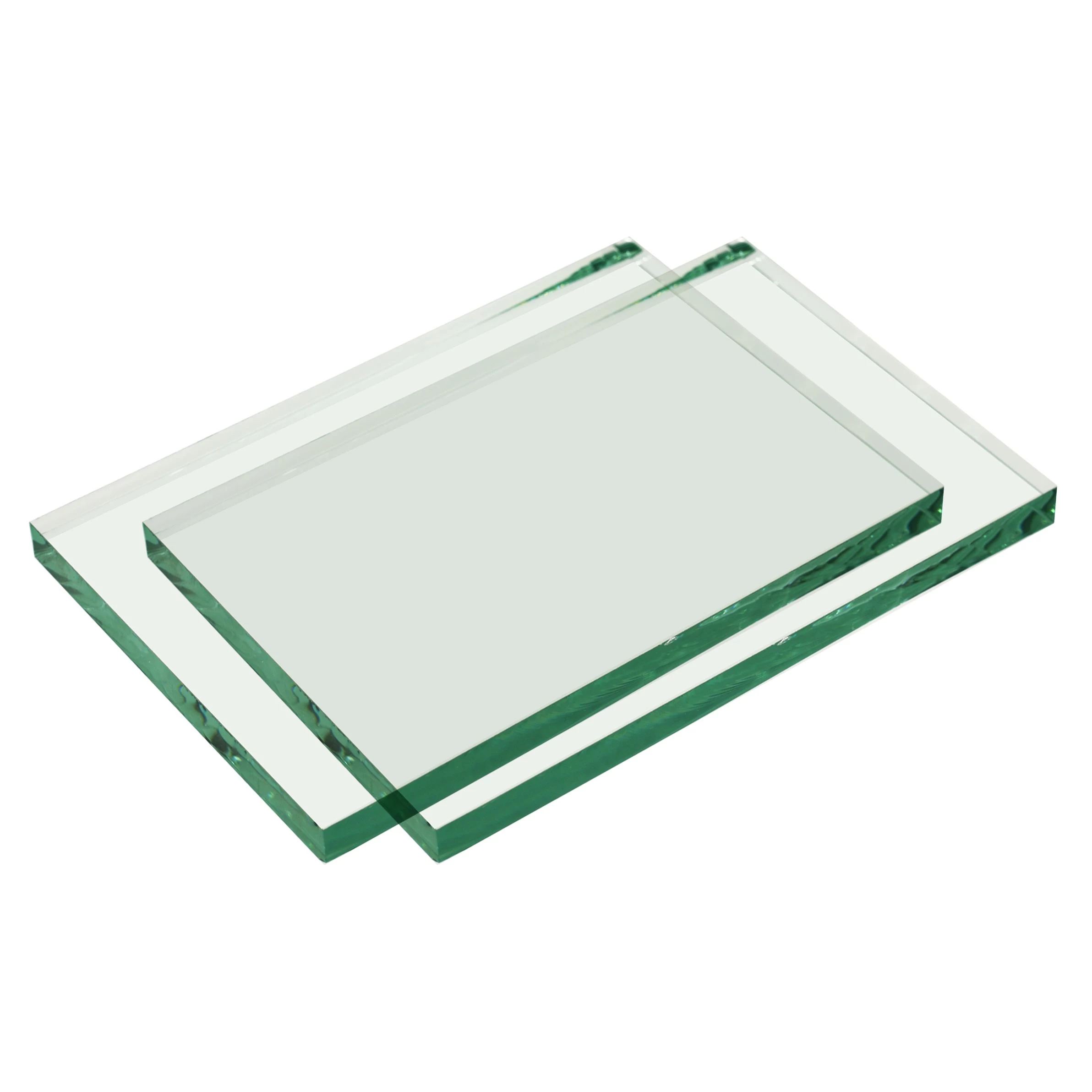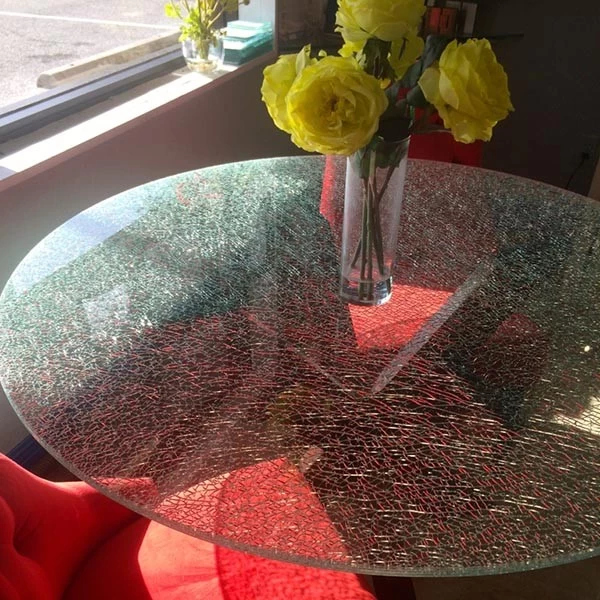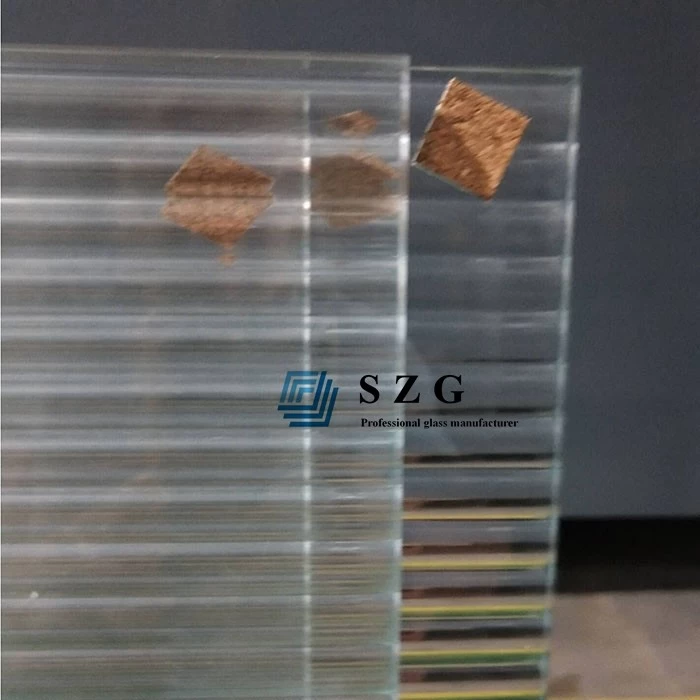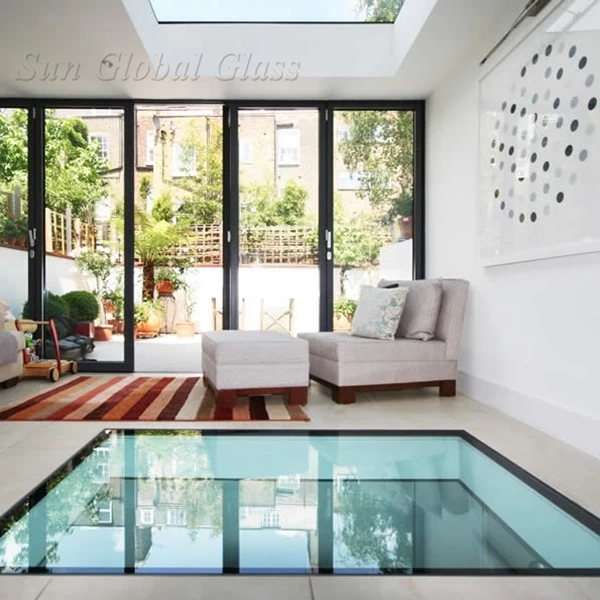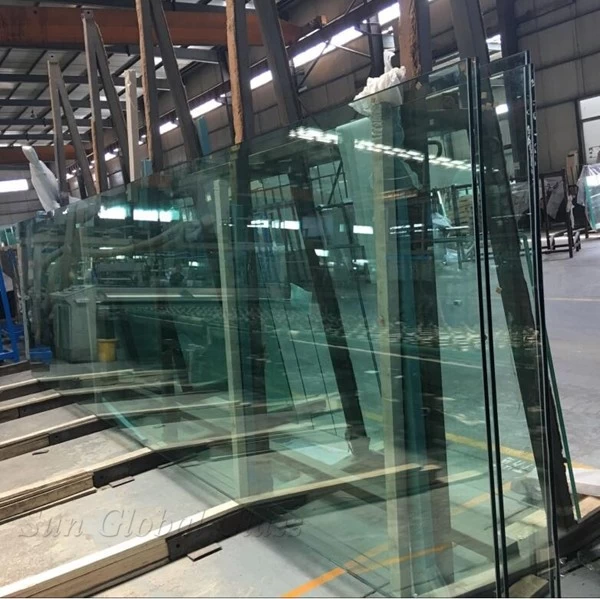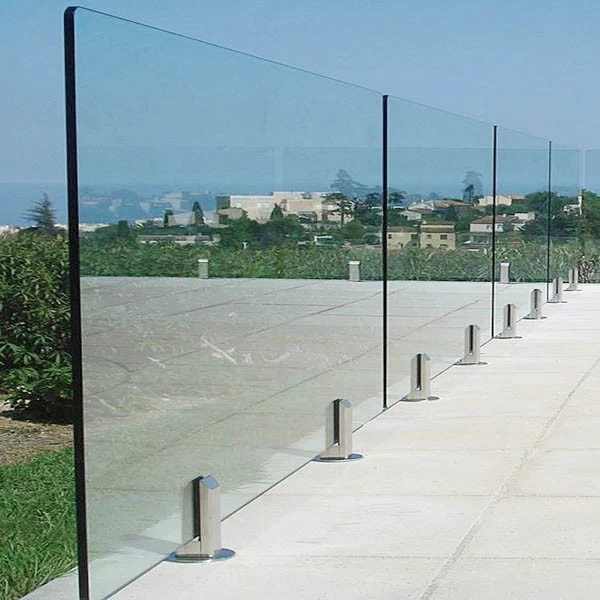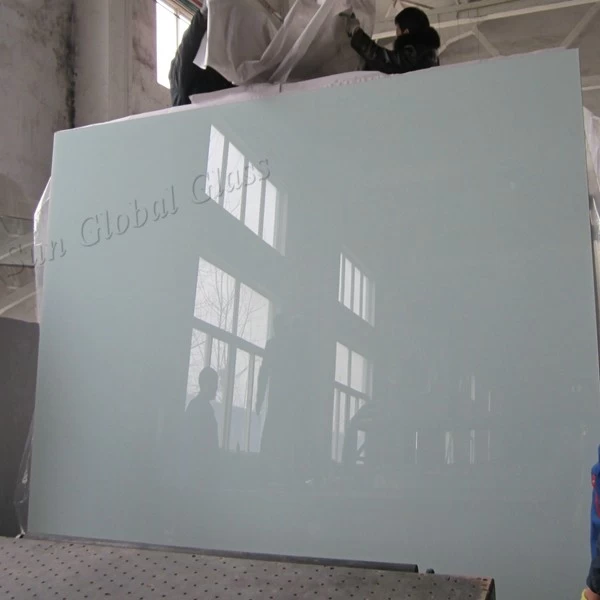What do you know low iron glass?
kim
www.sggglassmanufacturer.com
2016-11-17 20:30:01
What is ultra clear float glass?
1, the glass of the low blew Because of the ultra-white glass raw materials generally contain less impurities such as NiS, in the melting process of raw materials in the control of fine, making ultra-white glass glass has a more uniform composition, Thereby greatly reducing the probability of blew after tempering. 2, the color consistency Because the iron content of raw materials is only 1/10 of ordinary glass or even lower, ultra-white glass relative to ordinary glass visible light in the green band to absorb less to ensure the consistency of glass color.
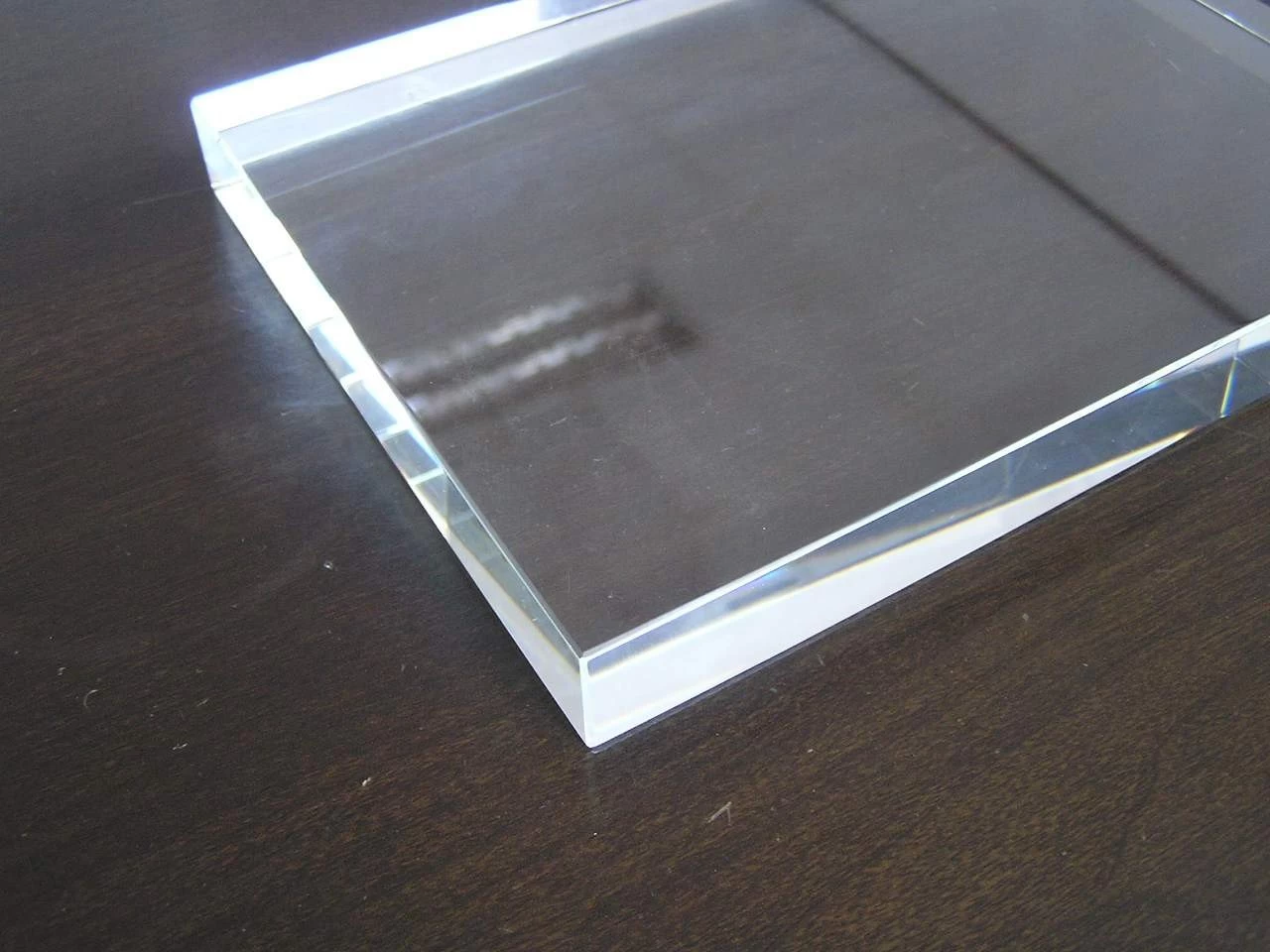
Ultra clear float glass also called low iron glass. ultra clear float glass and provides a higher degree of transparency than clear float glass. This optimum clarity is achieved by removing most of the iron oxide content used to produce glass.The top quality low iron glass's light tranmission can reach 91.5%。Because of its pefect optical .Ultra-white glass with high-quality float glass has all the machinable properties, with superior physical, mechanical and optical properties, like other high-quality float glass as a variety of deep processing. Unparalleled superior quality and product performance so that ultra-white glass has a broad application space and bright market prospects.
1, the glass of the low blew Because of the ultra-white glass raw materials generally contain less impurities such as NiS, in the melting process of raw materials in the control of fine, making ultra-white glass glass has a more uniform composition, Thereby greatly reducing the probability of blew after tempering. 2, the color consistency Because the iron content of raw materials is only 1/10 of ordinary glass or even lower, ultra-white glass relative to ordinary glass visible light in the green band to absorb less to ensure the consistency of glass color.

2.4, low UV transmittance compared to ordinary glass, ultra-white glass on the absorption of UV-band lower, used in anti-ultraviolet sites, such as museums and other areas, can effectively reduce the passage of ultraviolet light, slow down a variety of exhibits within the showcase Fading and aging, especially for the protection of cultural relics is more obvious.
Source form www.sggglassmanufacturer.com

